08th Dec 2022
Out of the recent Bordeaux vintage retrospectives I’ve tasted—2015, 2016, 2017, and 2018—2016 was the year I was most interested in revisiting. From the time I tasted these wines from barrel, I was convinced that this would be praised as a legendary vintage for many years to come. But after the wines had a few years in bottle, when flaws, shortcomings, and aging arcs become more apparent, would I still think the vintage was all that?
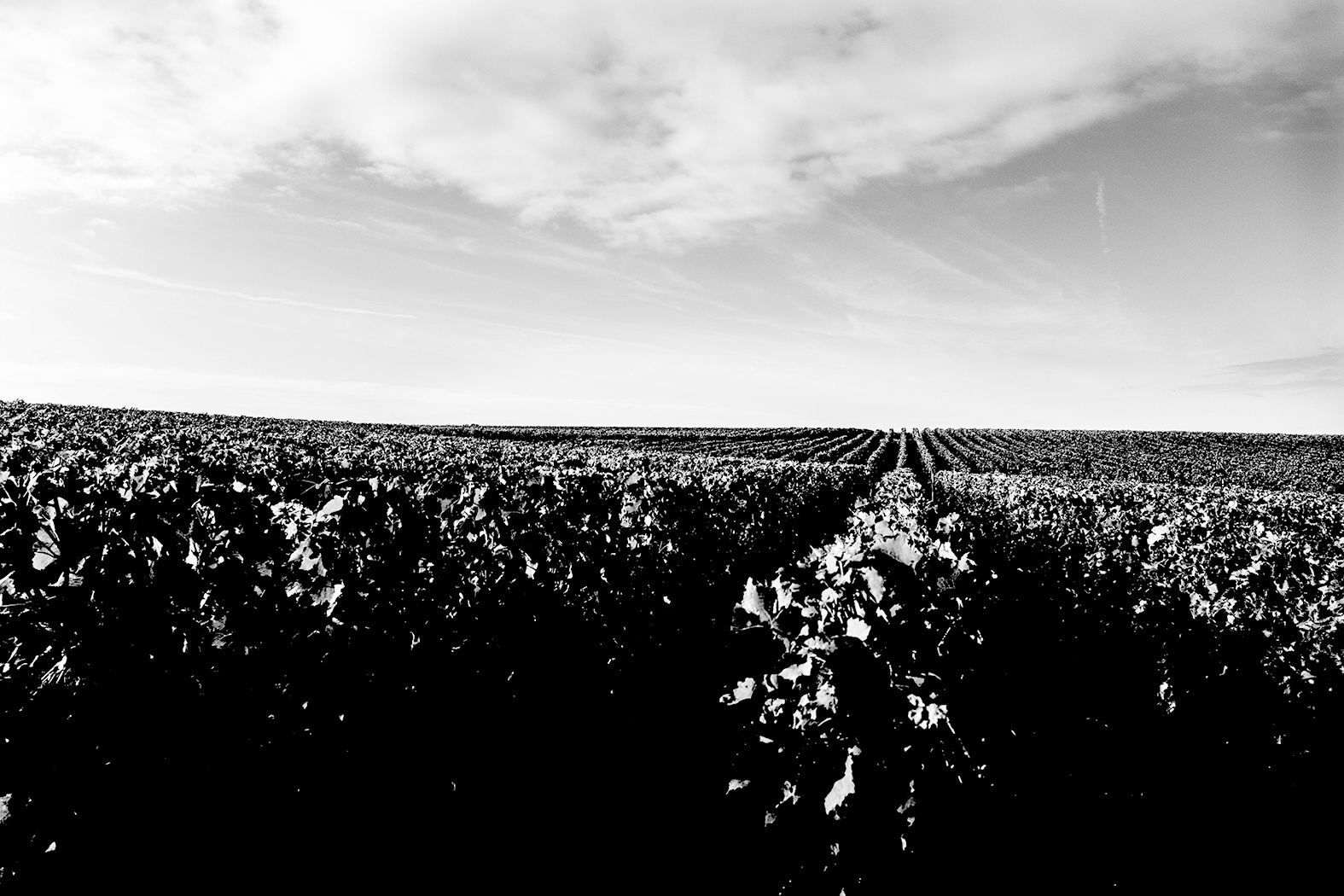
Yes, It’s That Good
The 2016 Growing Season
One remarkable feature of the 2016 growing season is the amount of winter and spring rain that year. Bordeaux received more than 700 millimeters of rain from January to June 20th—nearly the equivalent of what the region typically gets in a year. Fortunately, flowering proceeded in the first half of June without too much rain or ensuing coulure (shatter). However, the spring rain resulted in some mildew pressure, which accounts for the low yields in some cases, especially among the organic/biodynamic growers.
While discussing the effects of the abundant early season rains, Jean-Emmanuel Danjoy of Baron Philippe de Rothschild (Mouton Rothschild, Clerc Milon, etc.) commented, “When you have a wet spring, you tend to have more aromatic precursors. Also, it was a long maturation period. The vine made a lot of aromatic components. The gap between the Merlot and the Cabernet Sauvignon for ripening was very long. In fact, Cabernet was very late this year. We didn’t know if the Cabernet Sauvignon was going to make it!”
From the end of June through early September, it was extremely dry. Thankfully, on September 13th, around 30 millimeters of rain fell—a little more in some areas such as Margaux, a little less reported in areas such as Pomerol and Pauillac, before going dry again throughout harvest.
"We didn’t know if the Cabernet Sauvignon was going to make it!"
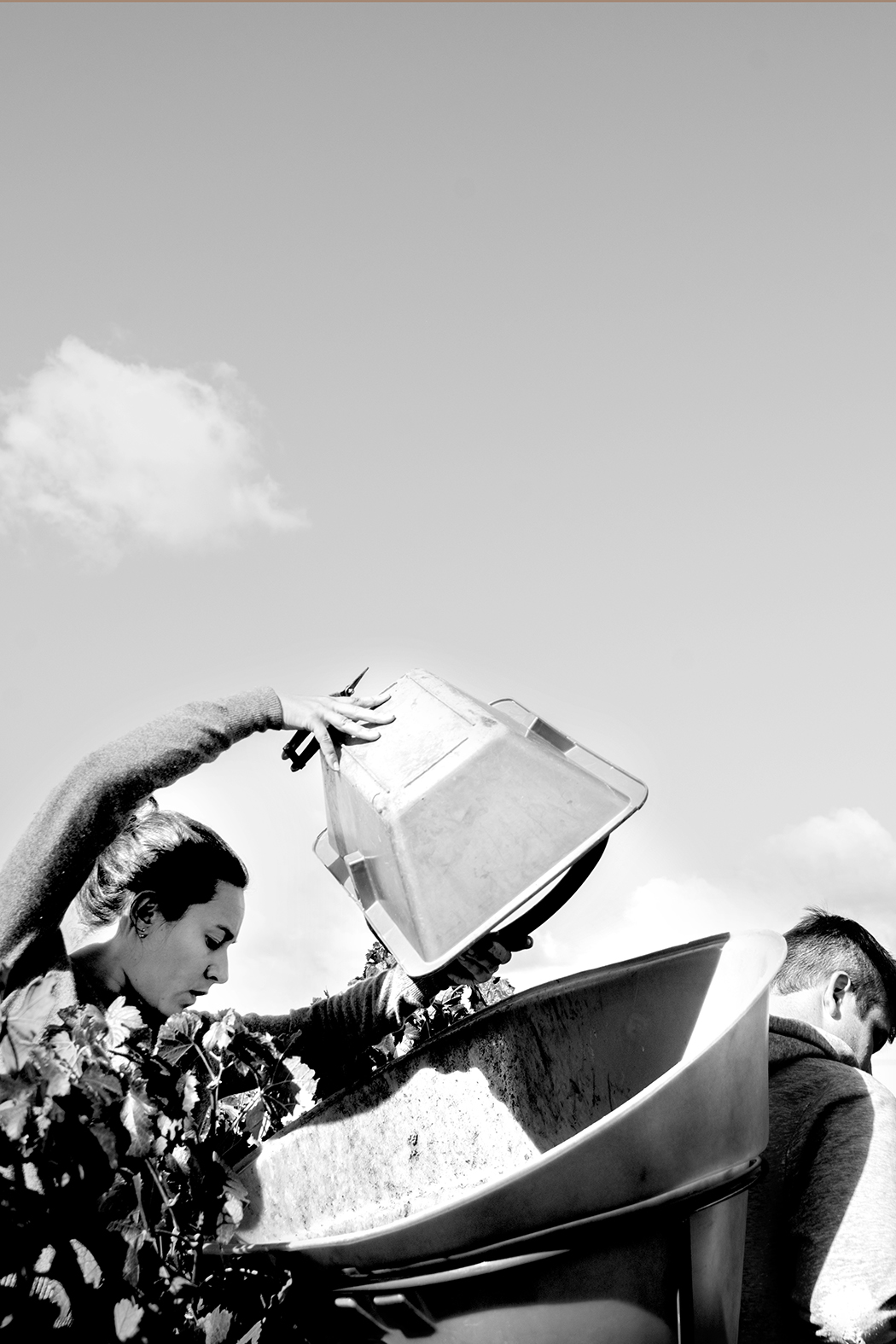
A factor that sets 2016 apart from previous great vintages is the progress in vineyard management, especially the emerging trend toward precision viticulture.
Although warm, there were no crippling heat spikes during the growing season. So, the most significant event affecting relative quality was the prolonged dry period between late June and mid-September, which had the potential to create hydric stress for vines. Vine variety, soil type, and age of vines were major factors determining the success of vineyards/blocks. Merlot is generally more sensitive to drought than Cabernet Sauvignon, and Cabernet Franc is more sensitive than Merlot, but much of the impact also had to do with vine age and soil type. Older vines tend to have better-established, deeper-laid root systems, which is advantageous when seeking receded water tables. Old vines also tend to have thicker cordons and, therefore, more readily available reserves of carbohydrates throughout the growing season. In 2016, some younger vines struggled and became sluggish in terms of ripening, particularly from late August and early September onwards. The exceptions were those planted to soil profiles with better water-holding capacity, especially with clay or clay/limestone subsoils. The small amount of rain that fell on September 13th helped make the vintage, giving drought-weary vines the ability to finish ripening.
Another factor that sets 2016 apart from previous great vintages is the progress in vineyard management, especially the emerging trend toward precision viticulture. Just prior to 2016, an increasing number of Châteaux had undergone laborious soil mapping procedures to better understand the complex patterns of types, textures, depths, and potential contributions of the soil variants contained within vineyards. This information acted as a basis to subdivide the similarities into previously unrecognized sections/blocks, which, by 2016, were being managed and vinified separately.
In the wineries, smaller tanks were starting to emerge around this time to accommodate all the newly separated parcels, offering more blending material and an even greater selection process. Multiple sorting tables began to emerge—optical, density, and hand—and more attentive oxygen management with less pumping-over and more gravity feeding.
Extraction became judicious and less formulaic, targeting tannin quality rather than quantity. These factors contributed to refining what was already a naturally extraordinary vintage.
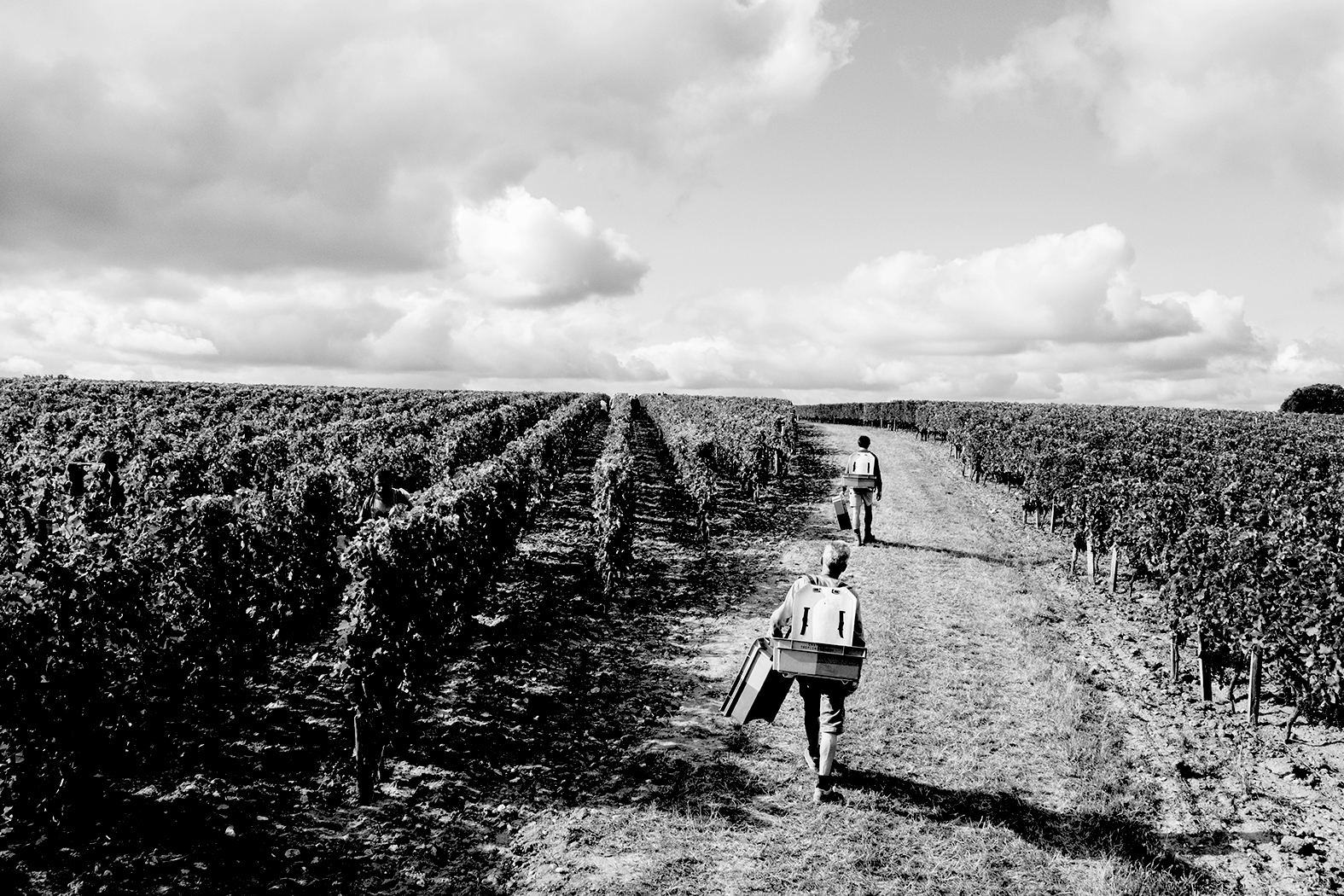
Fully expressed flavor compounds account for great complexity and signature perfumes in the 2016s.
The Styles of 2016 Reds:
Tiny berries were a signature of 2016. Small berries give smaller juice-to-skin ratios, resulting in concentrated wines and potentially huge tannins that need many years to subside, especially if they weren’t completely ripe to begin and without sensitive extraction. The recently tasted wines confirm that 2016 is undoubtedly a more structured vintage. Yet, in most cases, the tannins are beautifully ripe, and the textures are remarkably plush and approachable, even in youth.
Fully expressed flavor compounds account for great complexity and signature perfumes in the 2016s. The wines also have fantastic freshness from well-balanced but not overly high acidities. Bright red fruit characters among the black and blue fruits and herbal sparks lend compelling energy. Vibrancy and vivacity were descriptions that came up repeatedly in my notes.
While fruit is generous and some wines are downright muscular, alcohols of the 2016s tend to be lower than in 2010, 2015, 2018, or 2019. For specifics on alcohol levels, nearly all the tasting notes on the wines I recently tasted include the declared ABVs.
Left Bank or Right Bank?
I wouldn’t say that the 2016 vintage favors either bank. During Primeurs and soon after bottling, many experts were plumping for Left Bank because the caliber of Cabernet Sauvignon in many of the top wines of the Médoc is so jaw-droppingly gorgeous. This is true. But there are also some heart-thumpingly beautiful Merlots on the Right Bank. Therefore, I don’t believe that 2016 favors a side, but it does favor some soils and, as mentioned, older vines. In both cases, it is a simple matter of water availability to the vines, although vineyard management, selection, and judicious extraction were also crucial.
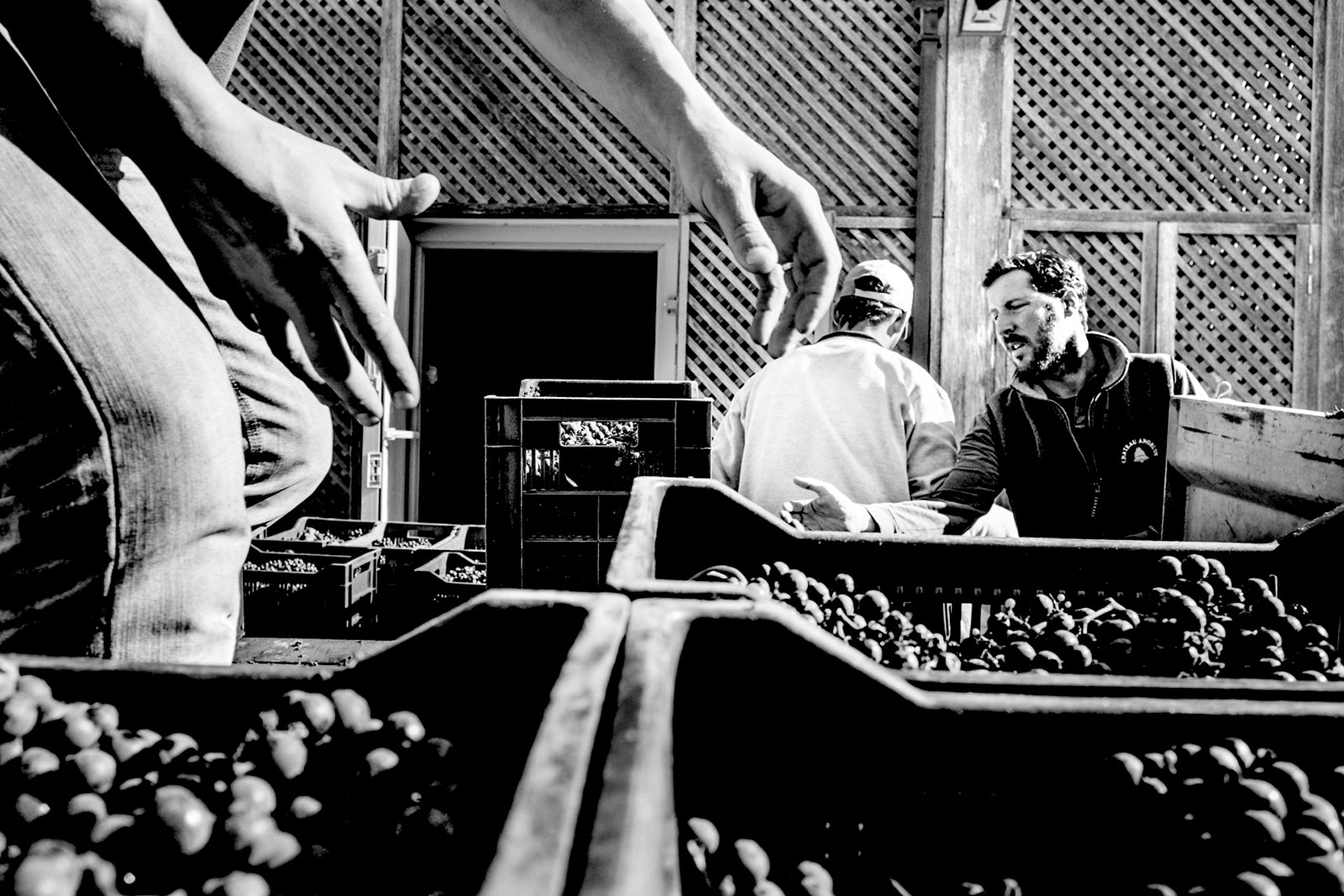
2016 is on a par in terms of consistency with 2019 and 2020, yet managed to knock it out of the park with more extraordinary wines than either of these vintages.
Summary:
What’s most exciting (and rare) is that 2016 was a year in which site trumped vintage. I particularly love that the 2016s so clearly communicate terroir. When you taste the wines, they do not so much shout the year as they want to tell about their origins.
Although it was an arid year, a generous amount of late winter and springtime rain ensured that most soil types with any water-holding capacity could provide vines with the wherewithal to motor through the dry spell. Few wines demonstrate signs of hydric stress or phenolic ripening challenges, rendering 2016 the most consistently great year since 2009 and 2010, both at the top of the market and in terms of good value wines. Compared to subsequent vintages, it is on a par in terms of consistency with 2019 and 2020, yet 2016 managed to knock it out of the park with more extraordinary wines than either of these vintages.
As for drinking windows, the 2016s are aging relatively slowly, and they have the structure and stuffing to cellar gracefully for 40 to 50 years or more for the greatest examples. However, when tasting the wines in June and July this year, I noted that many top-tier wines are beginning to shut down aromatically. This is to be expected, given the levels of tannins and concentration. I’d recommend giving these wines another 5-10 years in bottle before broaching or planning to give bottles a vigorous and extended decant. Specific drinking window recommendations are provided within every tasting note.
To sum up, 2016 was an incredible vintage that produced many outstanding wines and an impressive number of extraordinary ones from throughout Bordeaux. The tannin ripeness, complexity, and balance are particularly impressive in so many 2016 wines, especially when you consider that the grapes were able to achieve all this at moderate alcohol levels. These wines are true to their places, an attribute somewhat unique to great wine and extra-worthy of collecting. In short, yes, the 2016s lived up to all my expectations and then some.
-
Article & Reviews by Lisa Perrotti-Brown MW
Photos by Johan Berglund

PRODUCERS IN THIS ARTICLE
> Show all wines sorted by scoreMore articles

2021 Bordeaux in Bottle and A Modest Proposal
24th Apr 2024
599 tasting notes

Pilcrow’s New Releases
18th Apr 2024
7 tasting notes
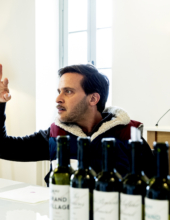
Bordeaux 2023 Primeurs Photo Essay
18th Apr 2024
0 tasting notes
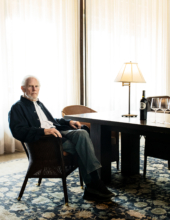
Harlan Estate, BOND, Promontory 2021 and 2011
11th Apr 2024
14 tasting notes
Show all articles